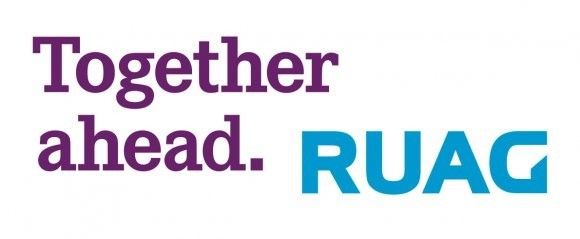
-
StatusCompleted
-
Status date2014-12-02
Objectives
In the frame of SpacebusTM competitiveness project, the SADM G3 development objective is to be more competitive vs existing 2nd generation and to contribute to the overall SpacebusTM improvement objective, while insuring necessary power & section transfer capacity increase to the 27kW Range.
This development aims also to capitalize the experience of Thales Alenia Space previous SADM generation and RUAG Space Switzerland Nyon knowledge in the field of slip rings and sensors.
Challenges
Main challenges of this project are :
- To meet technical constraint from low to high power satellite
- To ensure robustness and margin capability without over designing SADM functions
- To run a full Design for Manufacture & Test process to keep recurring costs to a minimum and to limit operational constraints
Benefits
SADM G3 design will allow to :
- Reduce global SADM production schedule
- Improve competitiveness of SADM product
- Meet High power needs of telecom satellites
Features
SADM G3 key features are :
- Modular architecture derived from Thales Alenia Space SADM for constellations including a Design to Manufacturing process.
- High power transfer Slip ring with double insulation and improved thermal design
- Geometry and strength selected against harsh launch environment and in-orbit life profile
- Angular sensors using reliable technologies and tribology
- No specific SADM active thermal control
- Bearings and gearings key design choices considering Dry lubrication technology for insensitivity to long in-orbit life and thermal environments
- Design simplicity and robustness against human errors from ground operations to in-orbit use

Plan
- Preliminary design and feasibility phase
- Component and sub-assemblies definition and specification
- Design to Manufacturing and Test process
- Detailed design analysis and justification phase
- Contact angular sensor development (including Breadboard model)
- Critical Design Review
Current status
Project CDR achieved in February 2014
Qualification phase will be conducted in continuity with this project




